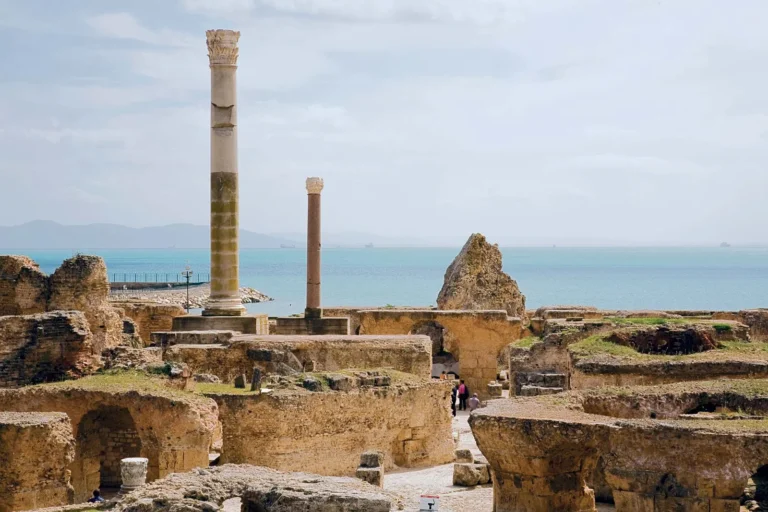Tunisia is relatively rich in mineral resources, and the mining sector plays a key role in the country’s economy. Here’s an overview of the main mineral resources in Tunisia:
Major Mineral Resources in Tunisia
1. Phosphates
- One of Tunisia’s most important mineral exports.
- Tunisia is among the top phosphate producers in Africa.
- Major deposits are located in Gafsa Basin (south-central Tunisia).
- Used primarily in the production of fertilizers.
2. Petroleum & Natural Gas
- Tunisia produces modest quantities of oil and gas.
- Main oil fields: El Borma, Ashtart, and Didon.
- Natural gas is extracted from fields like Miskar and Hasdrubal.
3. Iron Ore
- Deposits found mainly in the northwest, including Djebel Djerissa and Tamera.
- Production has declined, but iron still remains a known resource.
4. Lead & Zinc
- Mined in regions such as Bougrine, Fej Lahdoum, and Jebel Ressas.
- Lead and zinc ores are used in metallurgy and manufacturing.
5. Gypsum
- Found in southern Tunisia (e.g., near Medenine).
- Used in construction and cement industries.
6. Salt (Halite)
- Extracted from coastal and inland salt pans (chotts).
- Tunisia is a significant salt exporter, especially from areas like Chott el Djerid.
7. Clay, Limestone, and Marble
- Commonly used in construction and ceramics.
- Clay is found across Tunisia and used for traditional pottery as well as industrial purposes.
Economic Role
- The mining sector contributes about 3% to the national GDP.
- Phosphates, petroleum, and natural gas are key export earners.
- There are ongoing government initiatives to modernize the mining industry and attract foreign investment.



